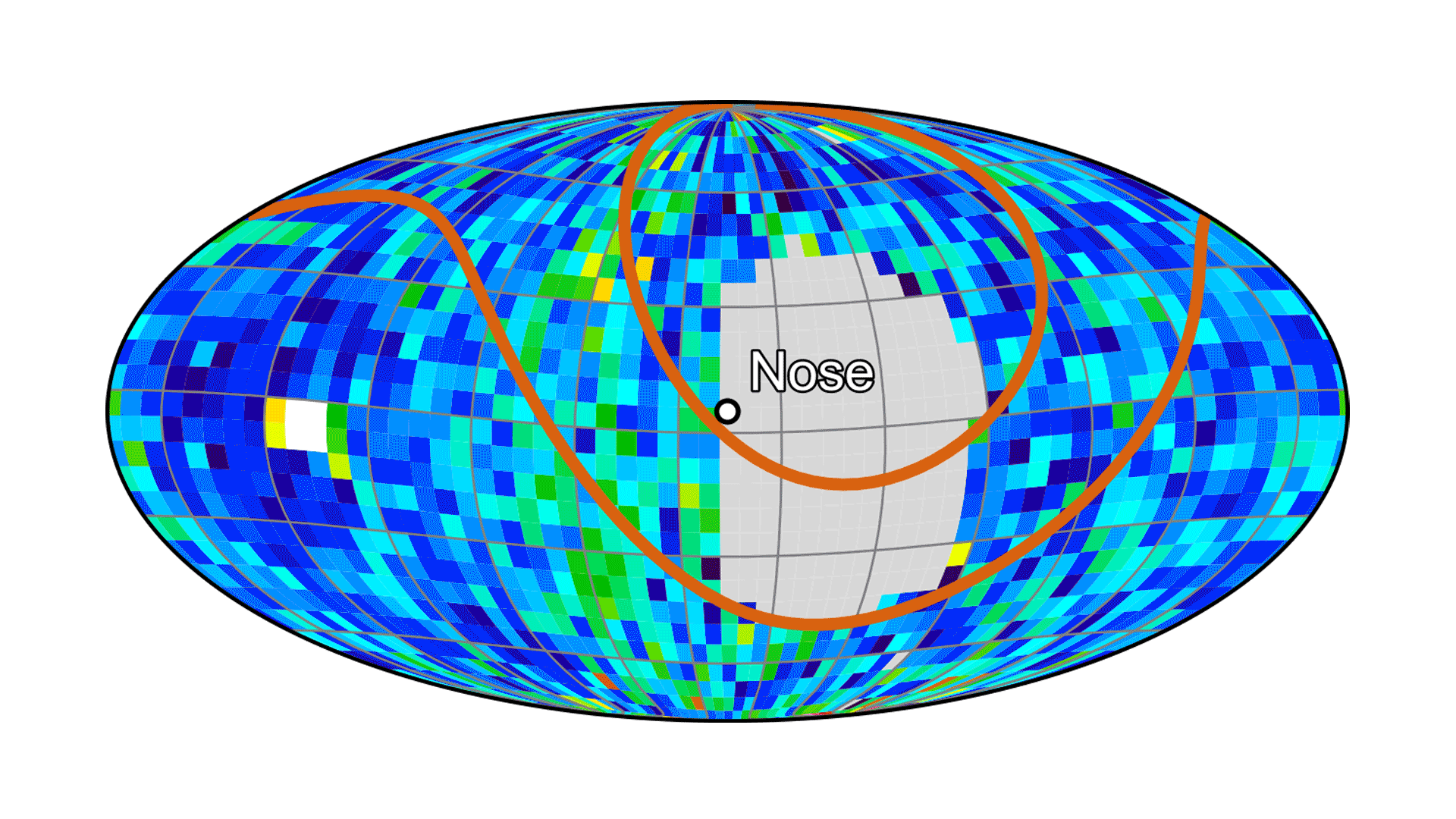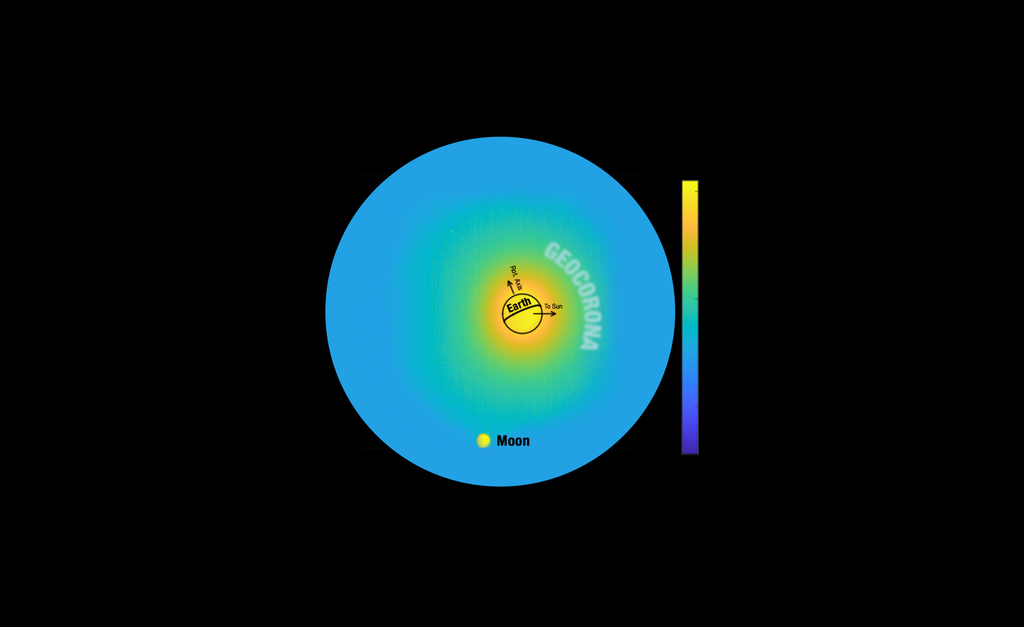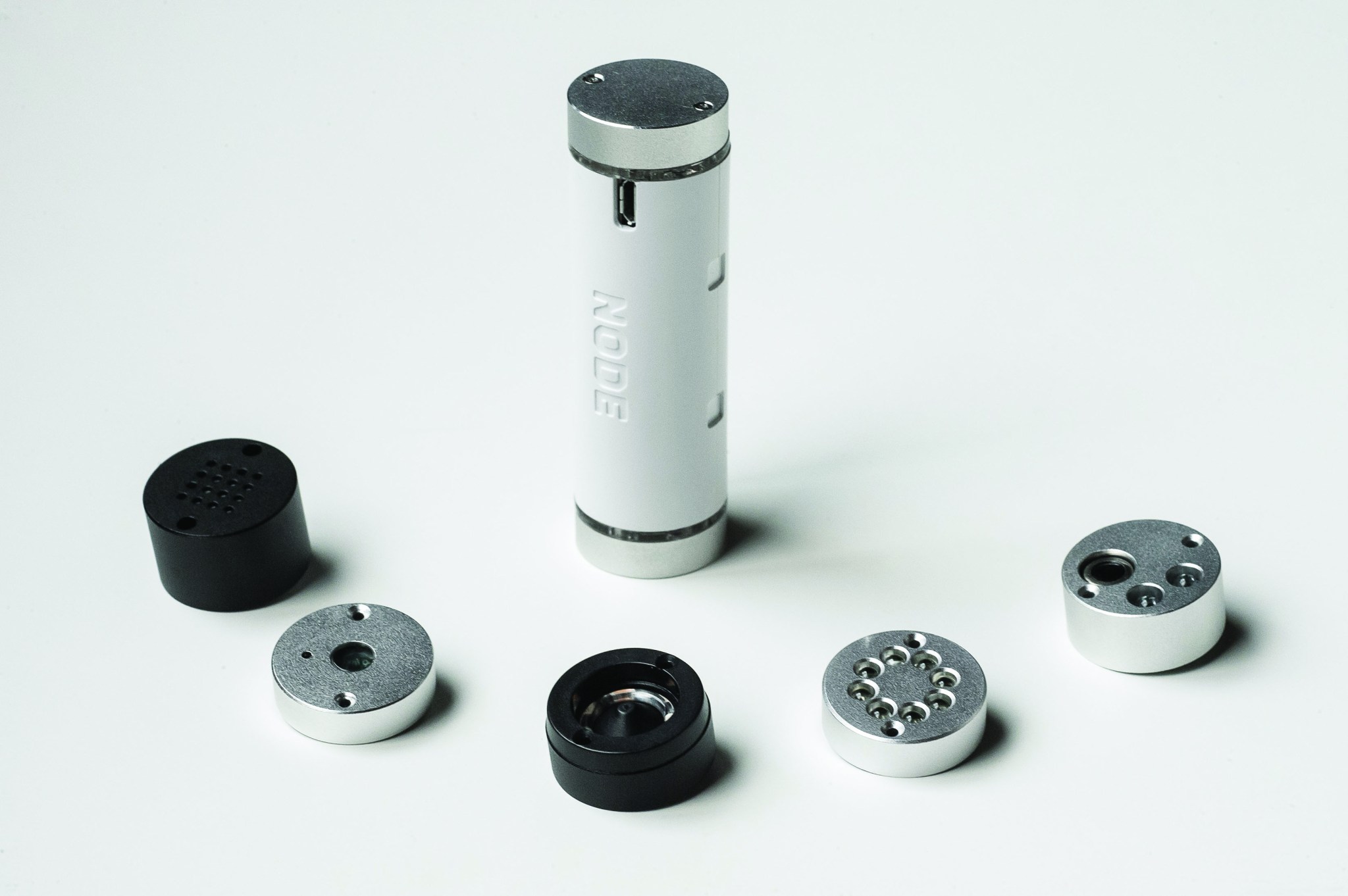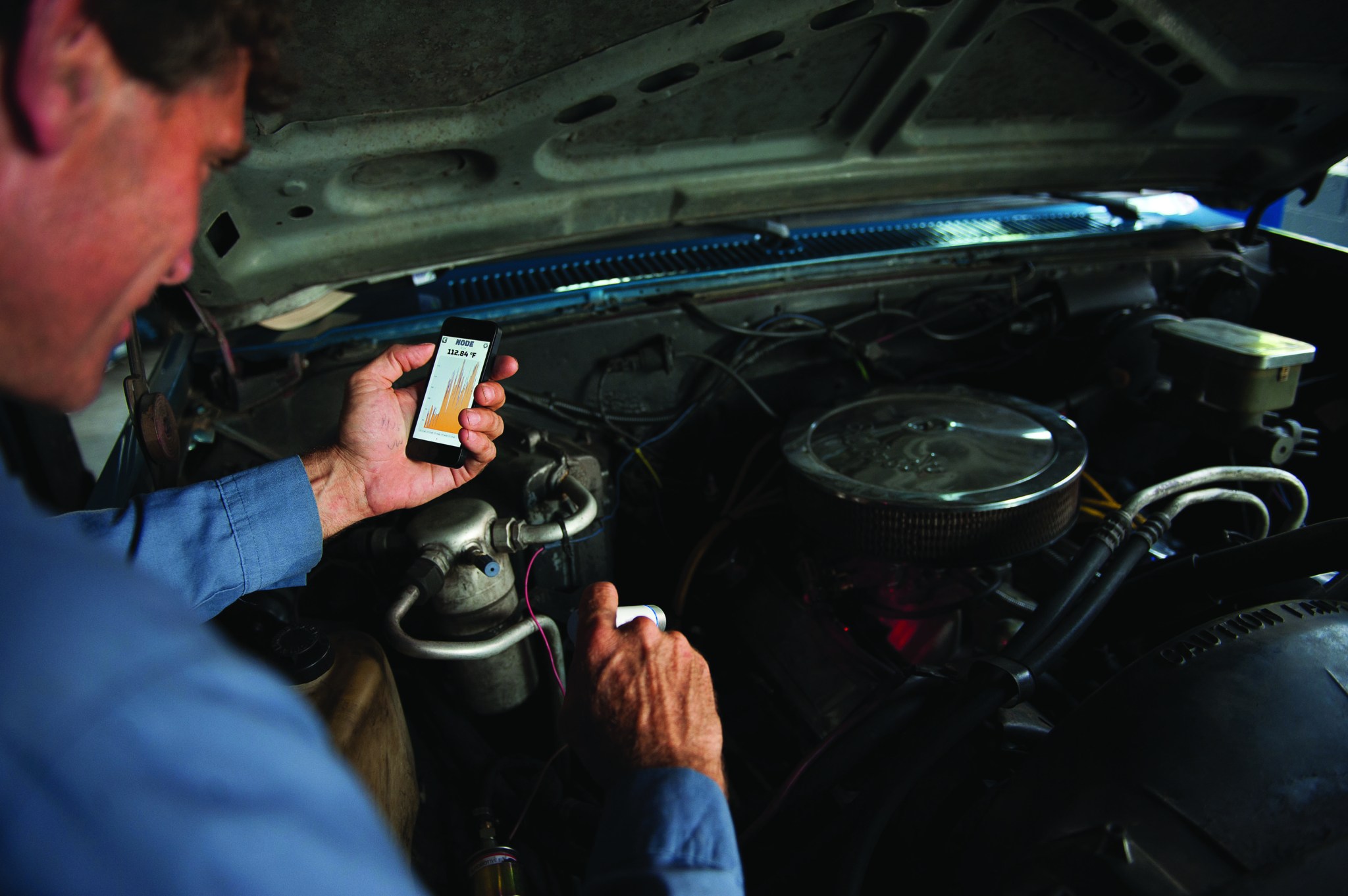It started when NASA answered a call for a tool to detect dangerous gases and chemicals with a smartphone. The result became a smartphone-linked device that can do, well, just about anything someone can build a sensor for.
When the Department of Homeland Security (DHS) put out its request in 2007, NASA Ames Research Center scientist Jing Li already had a sensor that reacted to various gases and compounds — she’d been working on it for space applications, like evaluating atmospheres on other planets.
But to answer the DHS specs, she needed a way for the device to “sniff” the air for samples and a system that would allow it to interface with a smartphone. Li’s team settled on a small fan to gather the air samples, and approached George Yu of Genel Systems Inc., who was able to deliver the cell phone interface system.
Meanwhile, Li convinced the program manager at DHS that the sensor should be attached to the outside of the phone, instead of being built in. “This is a very new technology, and there will be a lot of iterations. Making it interchangeable will make it easier to update,” she explained.
That decision turned out to be game-changing.
Not only did it make easier to update future smartphone chemical sensors, it made it possible to switch out the sensors for ones that perform any of an endless list of other tasks. And it was this innovation that led to the line of interchangeable, smartphone-savvy sensors Yu put out a few years later, after founding Variable Inc. in Chattanooga, Tennessee.
Smart Sensing-Plus
Building on the system he developed with NASA, Yu created his NODE platform — a cylinder not much bigger than a thumb that can transmit data from sensors to a smartphone or other smart device or store it to be uploaded to any computer. Unlike the sensor developed for DHS, NODE operates independently of the cell phone and transmits the data it gathers using Bluetooth wireless technology.
Variable converted off-the-shelf sensors, such as infrared thermometers, color referencers, motion sensors and barcode readers, into interchangeable modules that can be snapped onto either end, so two modules can be used simultaneously. There is a module for carbon dioxide detection and another that senses carbon monoxide, nitric oxide and other gases. Another module measures ambient light, room temperature, humidity and barometric pressure.
“Using a common platform for multiple sensor modules, you save a lot of money,” Yu says.
The product line went on the market in 2012, and by summer of 2014 it was already in its second generation, NODE+, which Yu says is faster, uses less power, is more durable, has more memory and is compatible with Android and Apple smart devices.
The pharmaceutical industry was quick to take advantage. “Their packages are extremely high-value,” Yu explains, with drugs needing to stay unjostled and at set temperatures. A sensor embedded in a package can send readings on temperatures and vibrations so the shipper knows exactly what occurred during transit.
A paint company uses one of the Chroma sensors for quality control, just as a food producer can use the infrared thermometer for temperature assurance. All the data can be automatically recorded on a smart device, saving time and cutting down on user error.
Hackers Welcome
“As we started deploying this product, we got a huge amount of feedback from our customers,” Yu says. Users suggested new avenues for expansion, such as how to integrate sensors with wearable technology like smart safety goggles.
Variable has also opened up the NODE+ platform to independent developers. In the summer of 2014, the company even held an international Hackanode challenge, offering a total of $16,500 in prizes to developers who build or integrate existing sensor functions with the NODE+ platform using their own apps.
Variable now has 25 employees, about a third of whom are manufacturers, and the devices are built right in Chattanooga. Yu says the company is now working to incorporate the sort of nanotube sensor technology he integrated with iPhones during his work with Li.
Li says she, too, hopes to develop her sensors to bring down the price enough to make them viable consumer products. “Hopefully we can continue this work, because this technology can be used for many application areas, like industrial, environmental and in space,” she says.
To learn more about this NASA spinoff, read the original article from Spinoff 2016.
For more information on how NASA is bringing its technology down to Earth, visit http://technology.nasa.gov.


























